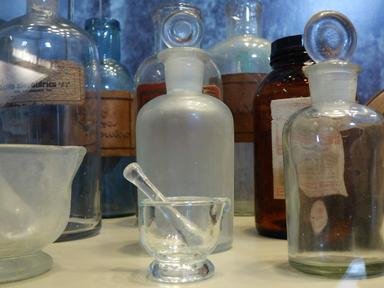
Solid, Liquid or Gas Trivia Quiz
Elements can change their state of matter depending on their temperature. Solid, Liquid or Gas - it all depends on the temperature! In this quiz, you must select the state for the named elements at the standard temperature for the human body.
A classification quiz
by maripp2002.
Estimated time: 3 mins.
- Home
- »
- Quizzes
- »
- Science Trivia
- »
- Chemistry
- »
- Mixed Elements